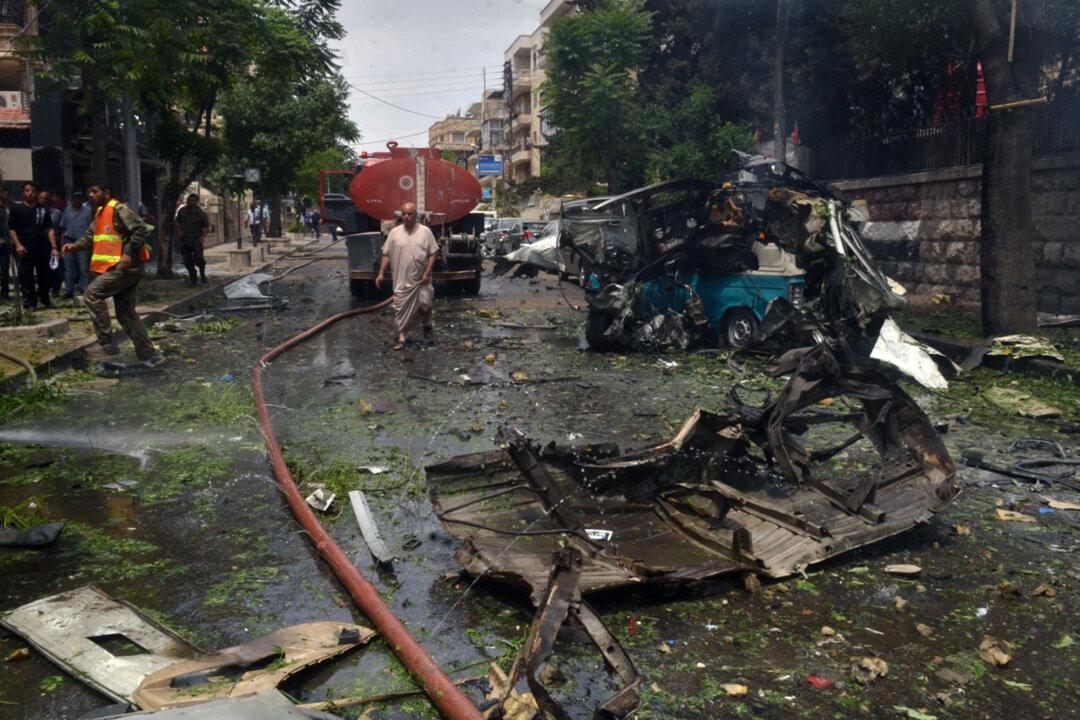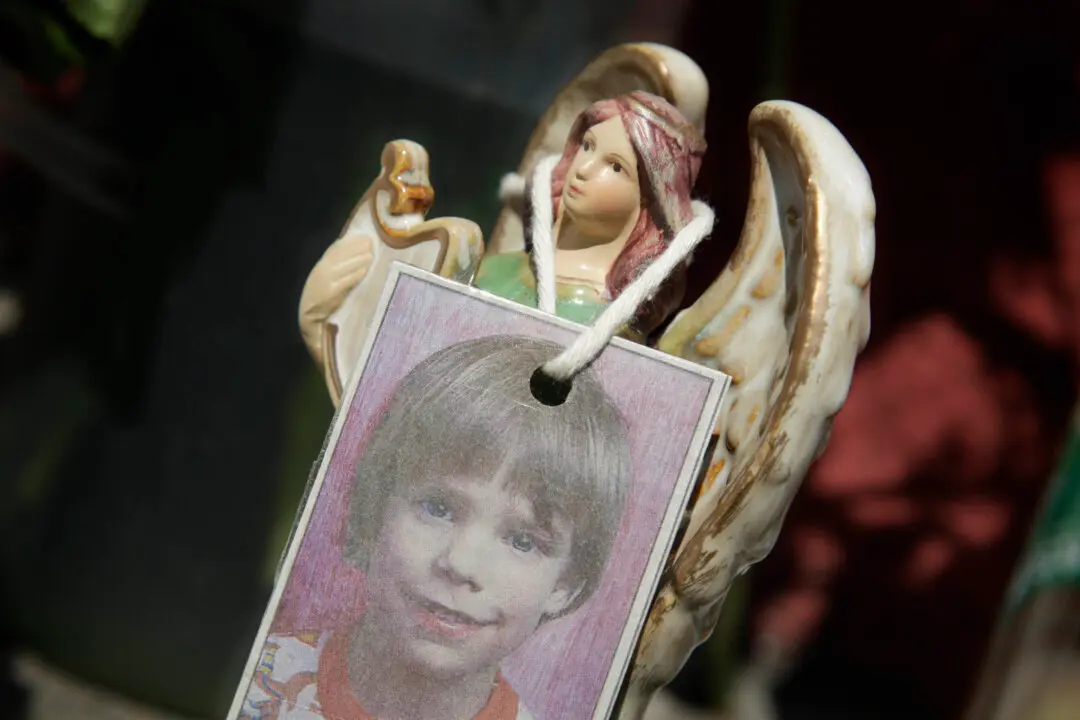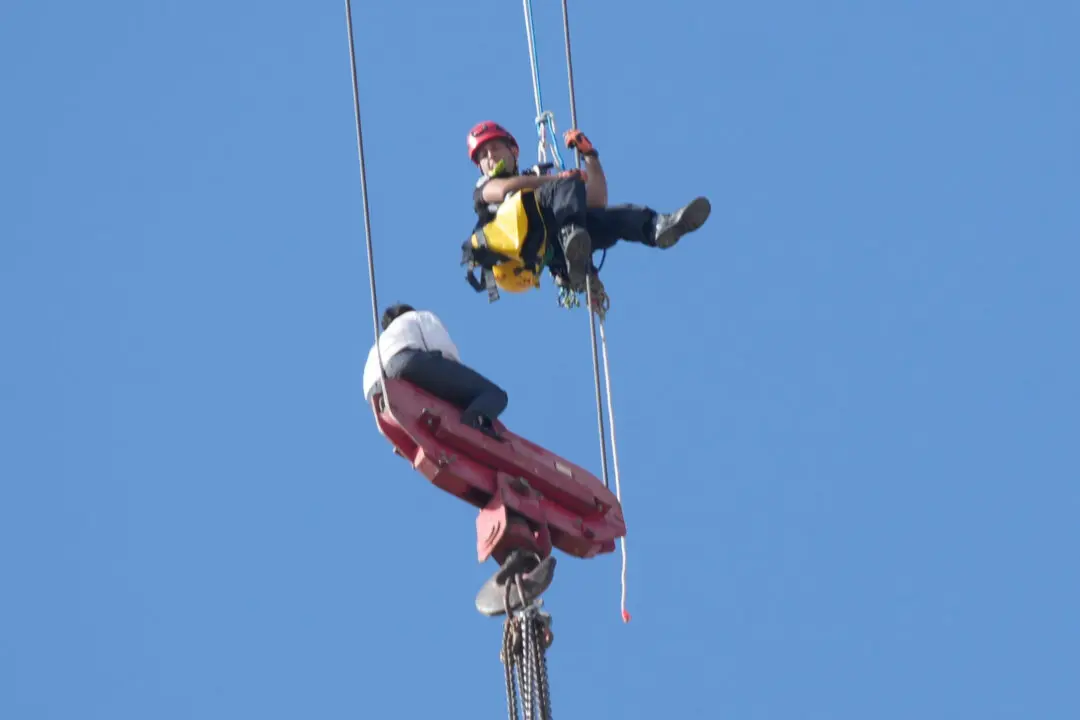BEIRUT— Russian and Syrian officials denied Friday that their aircraft struck a camp for people displaced by fighting in an airstrike that killed 28 the previous evening. The denials came as activists said a coalition of rebels and militants, including Syria’s al-Qaida branch, seized a strategic village from pro-government forces near the contested city of Aleppo.
According to the Britain-based Syrian Observatory for Human Rights, some 73 fighters — 43 on the opposition side and 30 pro-government troops — have died since Thursday afternoon in the battle for the village of Khan Touman. The advance signals a reemergence of a powerful, ultraconservative coalition on the opposition’s side in the Syria conflict.
A Syrian military official, speaking to The Associated Press on condition of anonymity because he was not authorized to talk to the media, denied the army had carried out any operation against the Sarmada refugee camp on Thursday, where 28 people died, including women and children, and dozens were wounded. The official said all reports about the attack are false.






